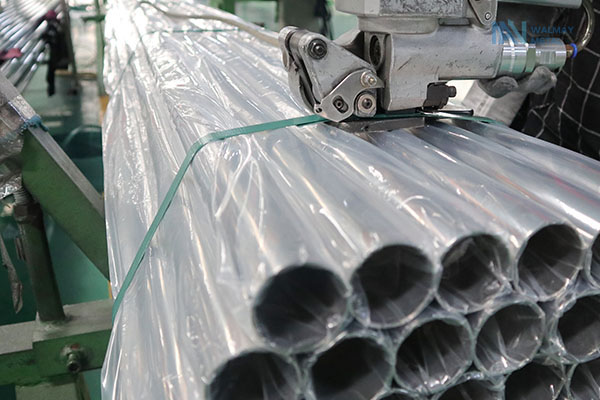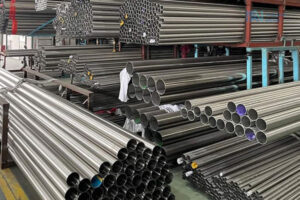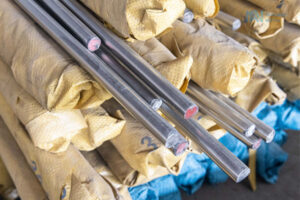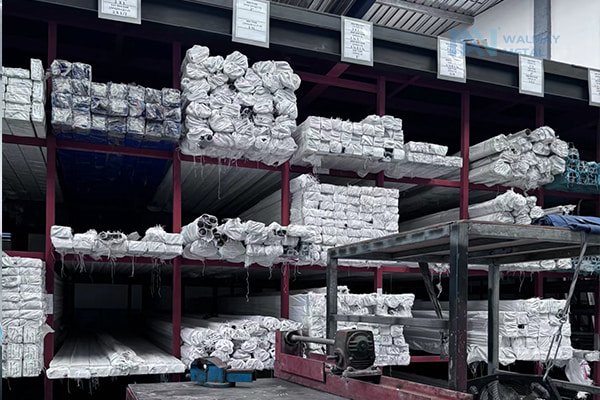316L vs 316 Stainless Steels:An article tells you the difference
316l and 316 stainless steel
Both 316 and 316l stainless steel are austenitic stainless steels, both have excellent corrosion resistance, mechanical properties and a wide range of applications.
There are some differences between 316 and 316L stainless steel in terms of chemical composition, mechanical properties, corrosion resistance, processing performance, etc.
Walmay Steel will introduce the definition, characteristics, differences and connections of 316 and 316L stainless steel in detail, and provide customers with their application trends and selection suggestions.
what is stainless steel ss 316?
316 stainless steel is an austenitic stainless steel containing molybdenum (Mo). Its chemical composition mainly includes chromium (Cr), nickel (Ni) and molybdenum (Mo). The addition of molybdenum significantly improves its corrosion resistance, making it an ideal material for chemical, marine engineering and medical equipment.
what is 316l stainless steel?
316l ss is a low-carbon version of 316 stainless steel, with a carbon content of ≤0.03%. 316L is also a derivative of 18-8 austenitic stainless steel, with 2-3% Mo added, and has good corrosion resistance.
difference in 316 and 316l stainless steel?
Differences in welding performance between 316 stainless steel and 316L stainless steel:
The differences in welding performance between 316 stainless steel and 316L stainless steel are mainly reflected in the risk of intergranular corrosion:
316 stainless steel has a high carbon content (≤0.08%), and chromium carbide is easily precipitated in the heat-affected zone during welding, resulting in “sensitization”. It is necessary to adopt post-weld solution treatment (1065-1120℃ rapid cooling), use ultra-low carbon welding wire (such as ER316L), control interlayer temperature <150℃, and use other methods to solve it.
The ultra-low carbon characteristics of 316L stainless steel (≤0.03%) completely avoid sensitization problems and are the preferred material for welding structures. 316L stainless steel is commonly used in aseptic piping systems in the pharmaceutical industry and high-pressure pipe fittings on offshore platforms (to avoid stress corrosion cracking).
Differences in machinability between 316 stainless steel and 316L stainless steel:
316 stainless steel and 316L stainless steel Machinability Difference is mainly reflected in the difference in cutting parameters:
316 stainless steel has high cutting force requirements (+15%), a tool wear rate of 0.3mm/100 pieces,
Recommended cutting fluid is high sulfur extreme pressure type;
316L stainless steel has lower cutting force requirements, a tool wear rate of 0.2mm/100 pieces,
The recommended cutting fluid is a conventional emulsion
Processing techniques:
316 recommends the use of sharp carbide tools (such as K10/K20)
316L can use high-speed steel tools to reduce costs
Both need to avoid work hardening (feed rate > 0.1mm/r)
316l and 316 stainless steel composition
| Elements | C | Si | Mn | P | S | Cr | Ni | Mo | N |
| aisi 316 | ≤0.08 | ≤1.00 | ≤2.00 | ≤0.045 | ≤0.030 | 16.00-18.00 | 10.00-14.00 | 2.00-3.00 | ≤0.10 |
| aisi 316l(%) | ≤0.03 | ≤1.00 | ≤2.00 | ≤0.045 | ≤0.030 | 16.00-18.00 | 10.00-14.00 | 2.00-3.00 | ≤0.10 |
316 and 316L stainless steel are molybdenum-containing stainless steels. The Mo content in 316L stainless steel is slightly higher than that in 316 stainless steel
Due to the addition of Mo, sus 316 has excellent corrosion resistance, atmospheric corrosion resistance and high temperature strength, and can be used under harsh conditions;
The “L” in 316 l stands for low carbon. The carbon content of 316L is low (≤0.03%), which improves the intergranular corrosion resistance of 316L and can be used in applications where annealing cannot be performed after welding and maximum corrosion resistance is required.
316 316l stainless steel properties
| steel | Yield strength (annealed) | Tensile strength | Elongation (50mm) | Hardness (HB) | Modulus of elasticity | Impact toughness |
| 316 steel | ≥205 MPa | 515-690 MPa | ≥40% | ≤217 | 193 GPa | high |
| 316l steel | ≥170 MPa | 485-655 MPa | ≥40% | ≤217 | 193 GPa | high |
Mechanical properties: The yield strength and tensile strength of stainless 316 are slightly higher than those of 316L, but the two are similar in elongation, hardness and toughness.
Corrosion resistance for stainless steel ss 316 and 316l
| Corrosion type | Oxidation resistance | Acid and alkali resistance | Chloride ion corrosion resistance | Intergranular corrosion resistance |
| 316 stainless steel | Excellent | Excellent | Excellent | Good |
| 316L stainless steel | Excellent | Excellent | Excellent | Excellent |
Heat resistance comparison for 316/316l stainless
| Performance | Maximum operating temperature | Oxidation resistance | High temperature strength |
| 316 stainless steel | 870°C | Excellent | High |
| 316L stainless steel | 870°C | Excellent | High |
Heat resistance: 316 steel and 316l have similar heat resistance and are both suitable for high temperature environments.
The difference is:
1) 316 stainless steel: It is best not to use 316 stainless steel continuously in the range of 800-1575 degrees, because its heat resistance is poor in this temperature range.
Outside the range of 800-1575 degrees, 316 stainless steel has good heat resistance.
In addition, 316 stainless steel is not as resistant to carbide precipitation as 316L stainless steel.
2) 316L stainless steel: It shows better resistance to carbide precipitation in high temperature environments, which makes it more stable at high temperatures.
Heat resistance comparison for 316/316l stainless
| Performance | Formability | Weldability | Machinability |
| 316 stainless steel | Excellent | Good | Good |
| 316L stainless steel | Excellent | Excellent | Good |
In general: ss 316l has better welding performance than 316 stainless steel.
Work hardening property:
316 steel: has good work hardening property and exhibits weak magnetism after processing
316L steel: also has good work hardening property and exhibits weak magnetism after processing
Welding performance:
316 stainless steel: has good welding performance and is suitable for a variety of welding methods
316L stainless steel: due to its low carbon characteristics, no annealing treatment is required after welding, which simplifies the processing process and has better welding performance.
Intergranular corrosion resistance:
316 stainless steel: has a high carbon content and is prone to intergranular corrosion after welding.
316L stainless steel: low carbon content significantly improves intergranular corrosion resistance, especially suitable for welded parts.
Application range: Different application ranges of 316 and 316l
Application of 316 stainless steel
Chemical equipment: reactors, heat exchangers, pipelines.
Marine engineering: seawater treatment equipment, ship parts.
Medical equipment: surgical instruments, implants.
Application of 316L stainless steel
Welding parts: welding pipes, welding containers.
Highly corrosive environment: equipment in strong acid and strong alkali environments.
Food processing: storage tanks, pipelines, tableware.
Price of 316 stainless steel and 316L stainless steel
There is a price difference between 316 and 316L. Usually, the price of 316L is slightly higher than 316.
1) Reasons for price difference
Raw material cost: 316 stainless steel price: slightly lower cost, suitable for general corrosive environment.
316L stainless steel: slightly higher cost due to low carbon content and better welding performance.
Production cost: 316L stainless steel requires more stringent quality control during the production process, resulting in relatively high production costs
2) Specific price
The specific price needs to be determined based on the actual situation of the customer and the market conditions. Contact Walmay Steel immediately to get the latest quotation
Conclusion
Chemical composition: 316 stainless steel has a higher carbon content, while 316L stainless steel has a lower carbon content.
Mechanical properties: 316 stainless steel is higher than 316L stainless steel
Corrosion resistance: 316L has significantly better resistance to intergranular corrosion than 316.
Heat resistance: The heat resistance of the two is similar.
Processing performance: 316L has better welding performance.
Cost: 316L has a slightly higher cost due to its low carbon content and better performance.
Both 316 stainless steel and 316L stainless steel are very good steels. The specific usage depends on the customer’s usage environment.
Walmay Steel can customize 316 and 316L stainless steel, and provide the most stainless steel plate size options at wholesale prices. Welcome to contact us!
Tabs:316 stainless steel coil ,316l ss
Table of Contents
Recent Posts
-
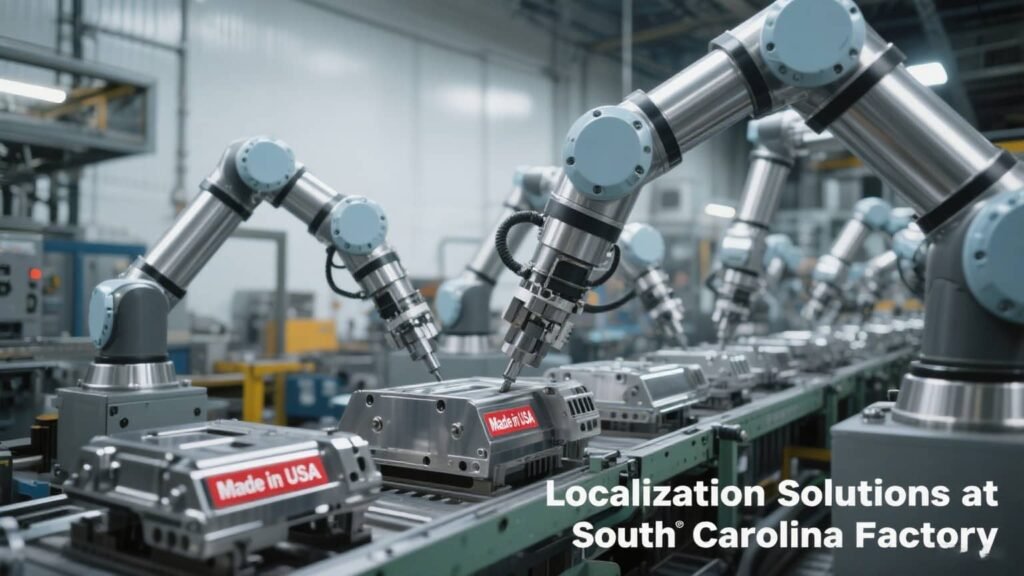 U.S. Stainless Steel Tariffs Jump to 50% - How Companies Are Adapting01 8 月 2025
U.S. Stainless Steel Tariffs Jump to 50% - How Companies Are Adapting01 8 月 2025 -
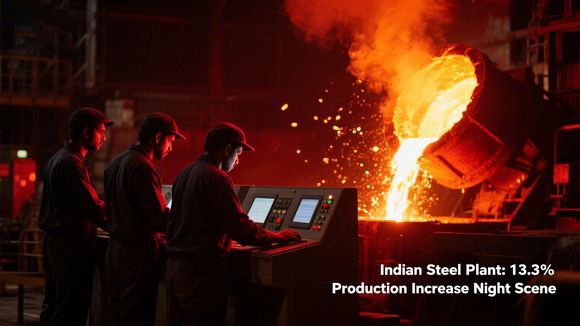 Global Steel Output Drops 5.8% in June - India Bucks the Trend31 7 月 2025
Global Steel Output Drops 5.8% in June - India Bucks the Trend31 7 月 2025 -
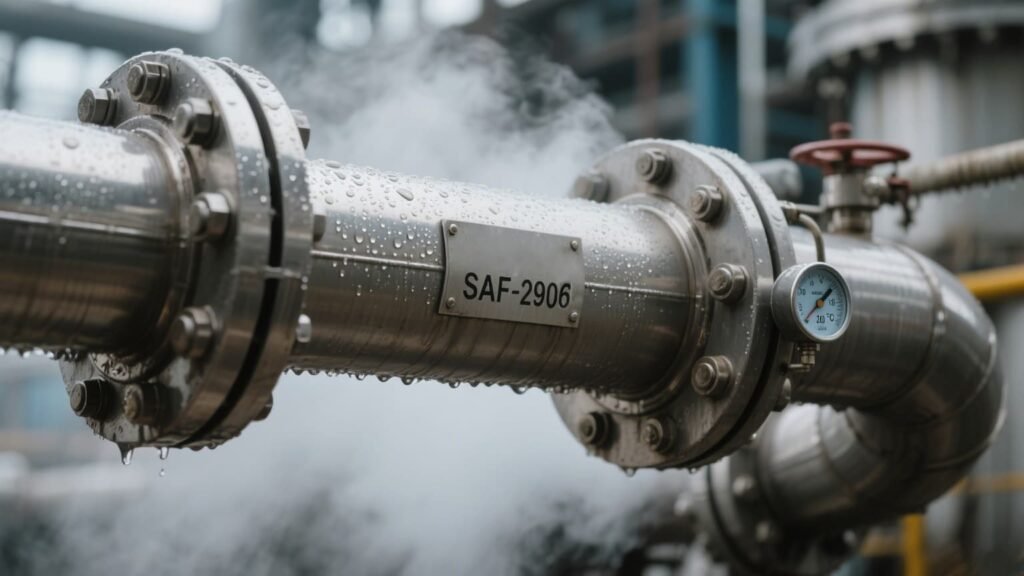 Alleima's New Super Duplex Steel Fights Urea Plant Corrosion29 7 月 2025
Alleima's New Super Duplex Steel Fights Urea Plant Corrosion29 7 月 2025 -
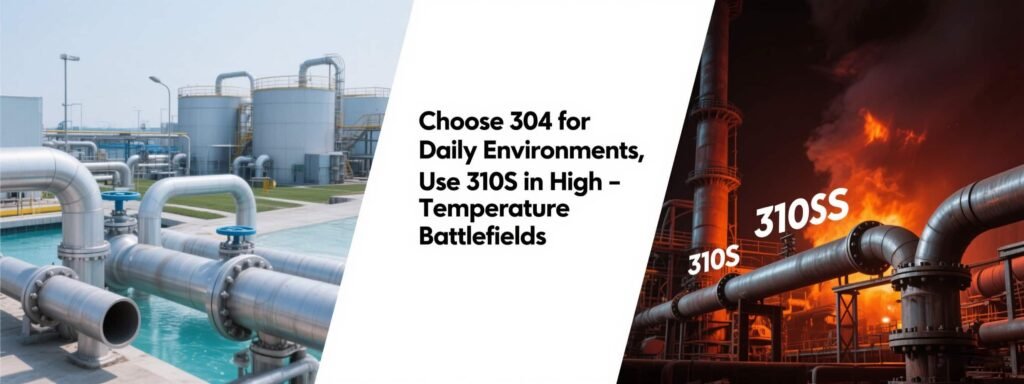 310S vs 304 Stainless Steel Pipes: Which Should You Choose?28 7 月 2025
310S vs 304 Stainless Steel Pipes: Which Should You Choose?28 7 月 2025
Have Any Question?
High-quality manufacturers in the stainless steel industry, feel free to ask

